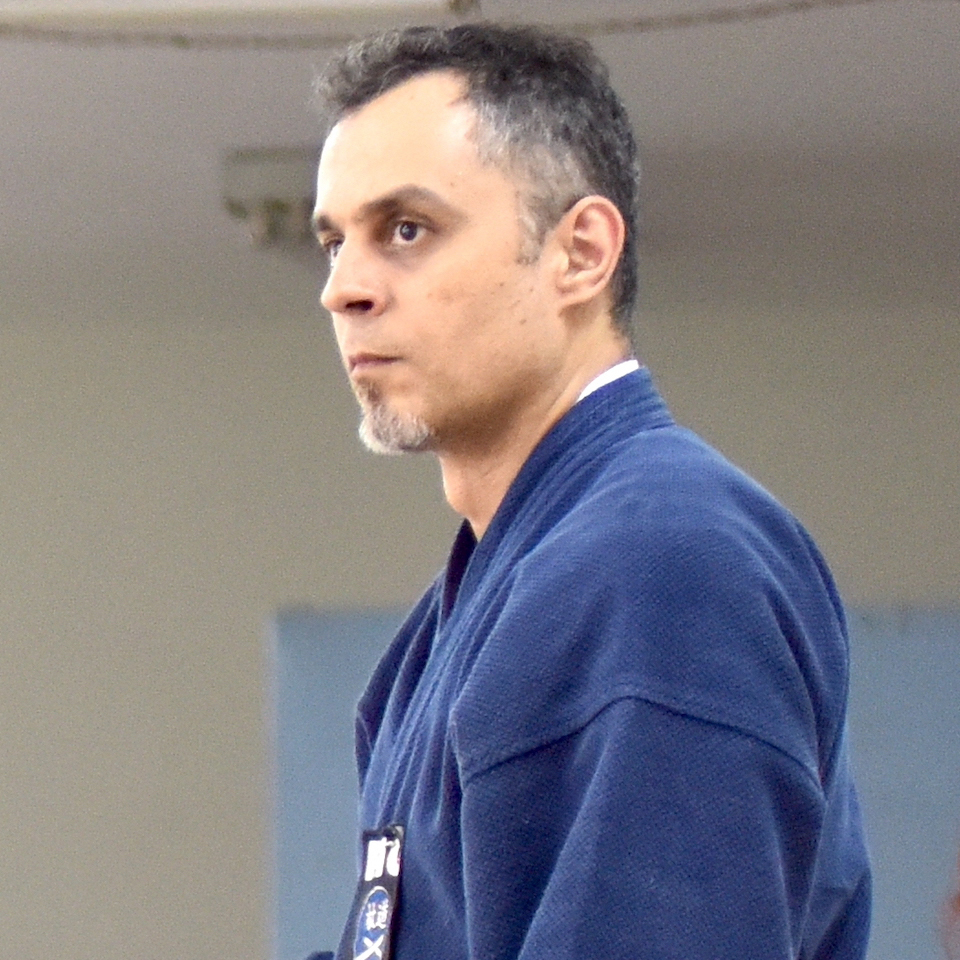With the pandemic still keeping our Dojo shut, Jodo instructors and students are also making use of the technology to resume their activities. This week we spoke with Alexandre Cavalcanti (4th Dan) about his experiences with the Jodo classes he’s been organising online. He’s not only in charge of the classes for Rio Jodokai, but also for the Brazilian Kendo Confederation (CBK) Jodo Online Sessions.
Which platform do you usually use?
In CBK's official Jodo training, we used Zoom. For smaller workouts, or restricted to local dojos, we use Google Meet.
How many members usually attend an online class that you organise?
Currently, in CBK training, we have an average of 15 people per class.
What are the main challenges of Online Jodo Classes for you?
The space inside the house, due to the size of the Jo (1.28m). This prevents a full execution of the movements. In addition, some movements of the Jodo are difficult to assimilate without being in person, even using more than one camera. It takes a little longer to teach.
As people’s living arrangements are different, is it hard to find exercises that can be adapted by the members and the space they have available to practice? Can you give some examples?
Yes, we have to evaluate the conditions of each one and try to work with a set of movements that everyone can do. An example is: practicing some Jodo Kihon without advancing, maintaining the same position.
Because the video quality is not always the best, it might be hard to catch if someone is doing something wrong. What about bad habits that could be picked up by the students?
Yes, it is true. We must double our attention on form. I did the following to solve this problem: I use a computer, connected to the meeting, exclusively to monitor students, using the Gallery View mode from Zoom. I connect that computer via HDMI to a large TV and I can see what they are doing.
What is the plan as soon as we can get back in the Dojo?
We will return gradually as people are vaccinated against Covid-19. We embraced the concept that online training will be a complement to classroom training, and we will maintain it with the following objectives: to accompany students from distant regions that don’t have instructors nearby; focus on technical details and theoretical part, which often require precious training time in the dojo; answer specific questions of students, without also sacrificing the training of other colleagues.

